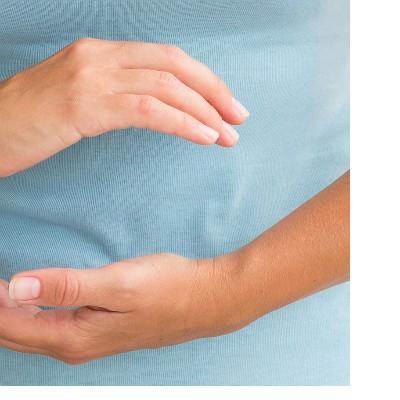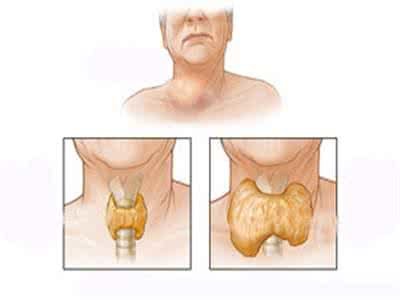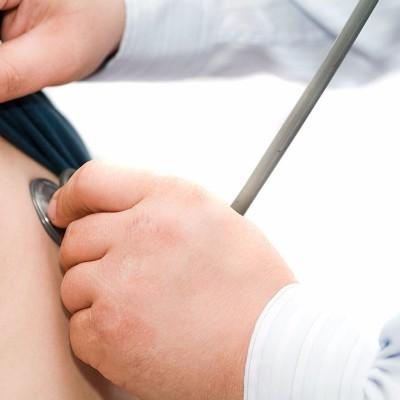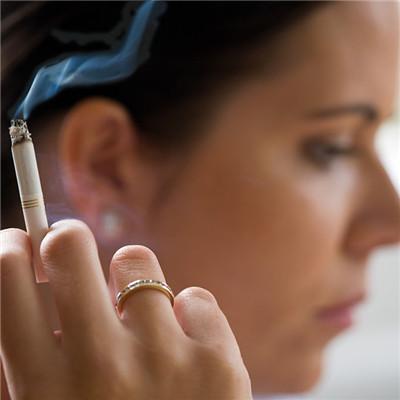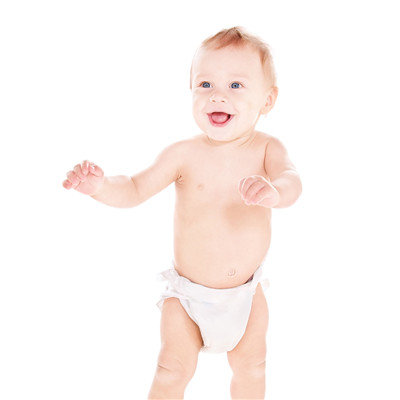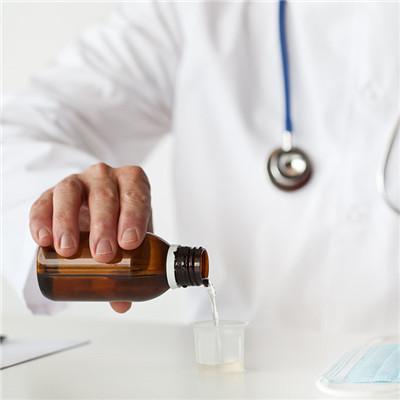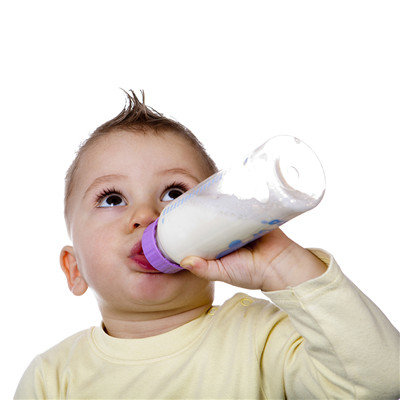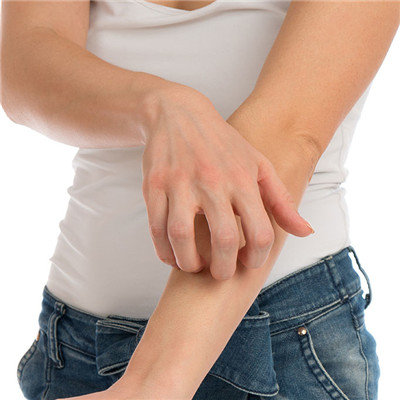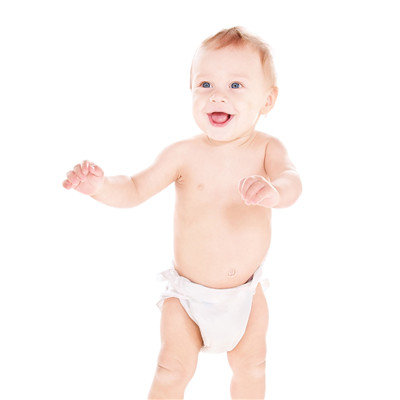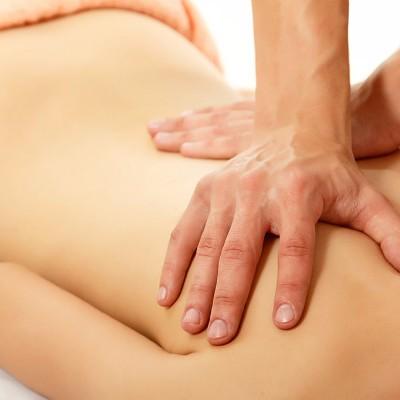Why is there corrosive burn of esophagus?
summary
Esophageal corrosive burns are common in clinic, which are caused by esophageal injury and inflammation caused by swallowing corrosive agents. It can occur in both children and adults. The corrosive agents are usually strong acids or bases. The latter are often household cleaners, such as sodium hydroxide and chlorine bleach. Let's share my experience with you.
Why is there corrosive burn of esophagus?
Esophageal erosion is the injury and inflammation of the esophagus caused by swallowing corrosive agents. The corrosive agent is usually strong acid or strong alkali. The most common esophageal corrosive injury is swallowing alkaline corrosive agent, which is 11 times as much as acid corrosive agent. However, when the concentration of acid and alkali is high, it can cause serious damage to esophagus and stomach.
The degree of corrosive injury of esophagus is related to the type, dose and concentration of corrosive agent swallowed and the anatomic characteristics of esophagus. Esophageal burns of strong acid and alkali are generally serious, which can cause mucosal congestion and edema. After 24 hours, mucosal erosion and tissue necrosis occur.
If the whole layer of esophagus is eroded, the esophagus will be perforated, forming periesophageal abscess, leading to the whole mediastinum infection. It has been proved that the pathological changes of esophagus and stomach caused by strong acid and strong alkali are different: acid corrosives can produce coagulative necrosis of protein, which is usually more superficial and less erosive to muscle layer, but can cause serious damage to stomach, probably because acid corrosives can not be neutralized by gastric acid.
matters needing attention
The degree of corrosive burn of esophagus and stomach can be divided into three degrees: at one time, only the esophageal mucosa and submucosa were involved, showing mucosal congestion, edema and epithelial shedding. Because the muscular layer was not involved, scar esophageal stenosis was rarely caused, and it was cured after 7-8 days of desquamation period; The second degree burn penetrated the mucosa and submucosa, involved the muscular layer, and did not involve the surrounding esophagus or gastric tissue.
